The last couple of years, marketeers have optimized their banners mostly on click and everything that comes after that (visits, conversions, etc.). We all did a lot of A/B testing to find the best creative. This resulted in a very sales focused design language: vociferous, commercial banners that beg for a click. Let’s say one in a thousand people click on your banner. You’ll probably only work with the data of that one person, whereas you should be much more interested in the 999 people that actually do not click!
I’ve written this article together with Siebe Hiemstra.
Why people do not click on your banner
It’s a lot more valuable to know why that 99.9% does not click. If you solely optimize on that single clicking person, you’re actually saying that someone that who only saw your creative (impression) but did not click it, doesn’t have any value to your brand. Simply because you can’t measure the value. You actually don’t know if those 999 people have actually seen your banner.
Exposure time doesn’t mean sh*t
Of course, you can measure the exposure time: how many seconds was the creative viewable by your targeted audience. But marketeers tend to draw wrong conclusions to this. Having a high exposure time number doesn’t per se mean your creative was actually seen. The high number could also be a result of great content on the page. For example, because someone is watching a video or is taking time to read a quality piece of text. Or they do something else in the meanwhile, like sending a WhatsApp message, or going to the restroom, causing a high ‘exposure time’ number. It’s just like with TV ads: you can make a lot of assumptions, but you can’t be sure about anything.
Your creative might be effective, without you knowing it
You should also realize that 0.1% (‘the clicking group’) might as well be people who were about to buy your product anyway. And that the other 99.9% might be interested in your brand or product, but is just not ready yet to make the purchase (another phase in the customer journey). But you don’t know it because you don’t measure it.
It might even be the case that your creative actually is effective, without you knowing it. An example: you see an ad for a movie that runs in the cinema. You’re instantly enthusiastic about it, but you do not click the banner. Instead, you open the cinema app on your iPhone and buy four tickets for tonight’s movie. The banner has lead to a purchase, but the marketeer will never know. Too bad!
“Tell me and I forget. Show me and I may remember. Involve me and I will understand.” Confucius 450 BC
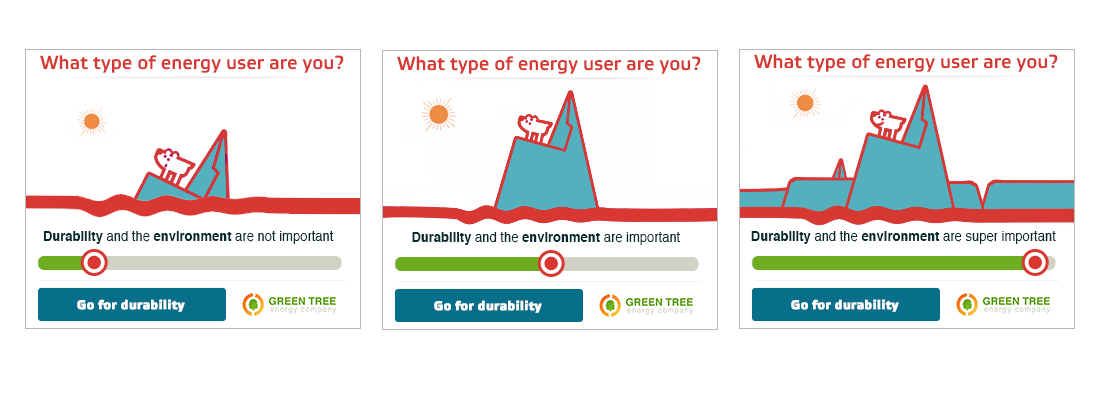
What if that exact same banner for the movie had a slideshow of visuals or stills of the movie, and the user could swipe through them? By measuring these hovers, swipes, and others actions, you do not only know how many time one spends with your creative, but also what parts of the creative arouse the most interest.
That means we can manage by engagement. How can we optimize the creative in a way that people are more likely to interact? That they play a bit longer or maybe even fill in a small form. This makes it possible to manage by real brand metrics like awareness and recognition.
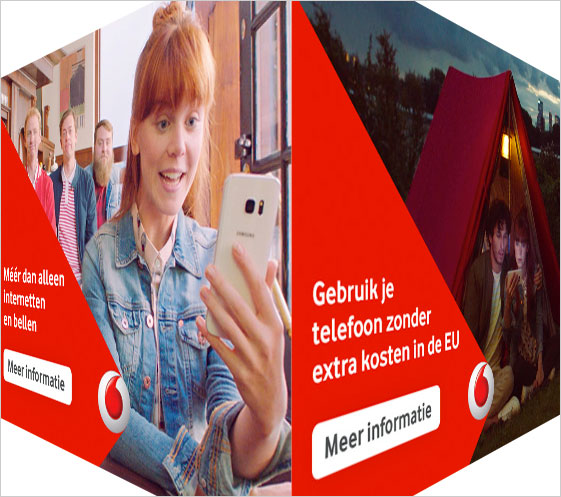
Earlier and better optimizations
It’s also very interesting that this strategy allows us to start optimizing much earlier. You need a real bunch of data to set up a useful A/B test. If you optimize by click you’ll need millions of impressions before getting a data set of 628 clicks. But if you optimize by mouse hovers and slider interactions, you’ll have a proper data set within days. You can also – besides your CTR or CPA – calculate what’s (for example) your ‘Cost per Swipe’ and thus make it possible to determine what a swipe is actually worth.
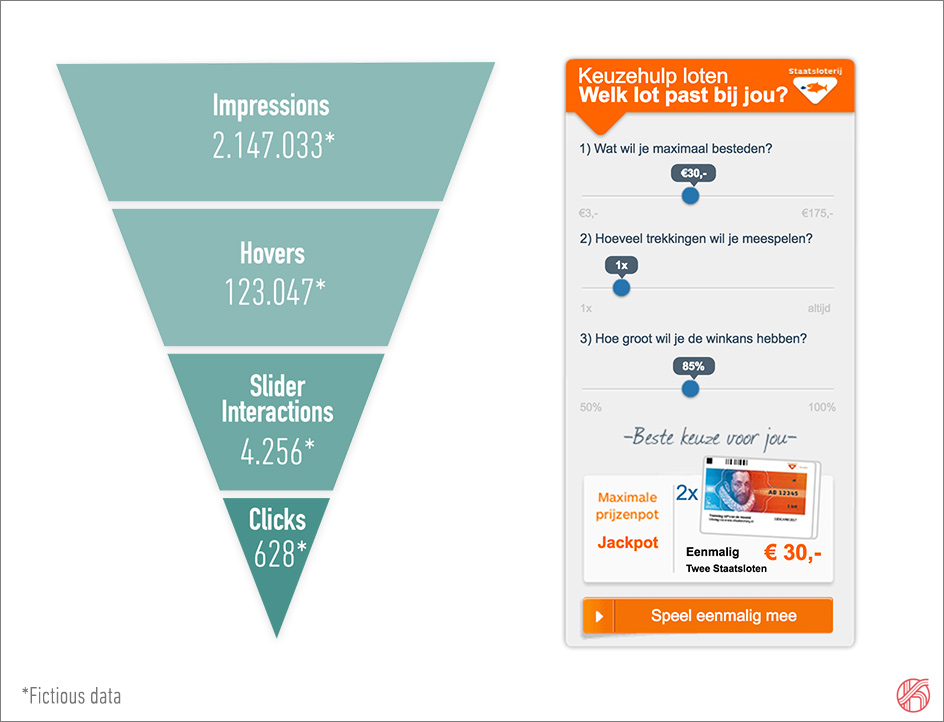
What happens between the impression and the click?
Creative optimization based on interaction
We all know every consumer is in another phase of the customer journey. And not everyone is ready for a purchase. Nevertheless, display creatives have been focusing on the last phase of that journey, while the other phases could also play a very important role.
Display ads can be a valuable part of your branding strategy. But we do need a mind shift for this. Banners tend to require a high ROI as soon as possible, so we’re focusing on the short term. When optimizing for engagement and branding, we have to talk long-term. But this pays off.
Currently, we do not take full advantage of the display ad’s possibilities. In fact, they’re small mini websites, giving us the opportunities to do neat stuff that we already do on our regular websites. You know these configurators by brands like Volvo and Nike, which enable you to design your perfect shoe or car? Why would you only offer these awesome tools on your website? They could also work perfectly in display ads, maybe in a simplified form.
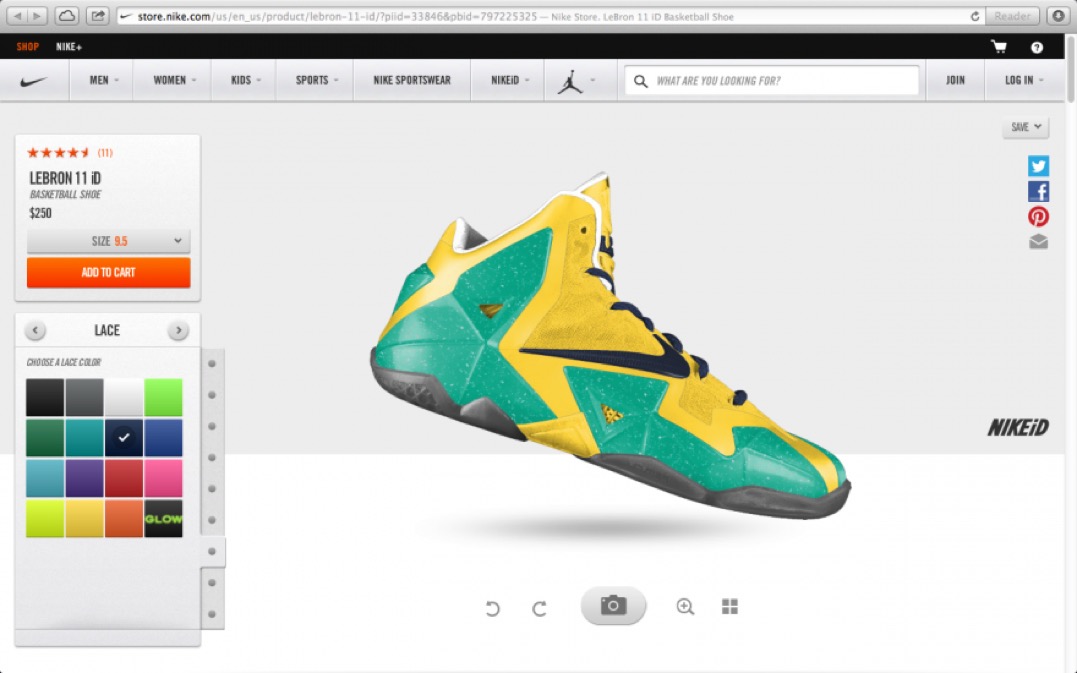 Nike configurator on-site
Nike configurator on-site
 Fictitious Nike configurator in a banner
Fictitious Nike configurator in a banner
Sequential based on interaction
When you start optimizing creatives based on interaction, you can also start telling more relevant stories to the consumer. You get the chance to get to know him better, know what he finds most interesting, and you can adjust the content based on this data. For example, with a sequence of banners (sequential) that’s not based on a sequence of impressions but a sequence of interactions. This way you can be totally sure that the first creative in your sequence has been seen.
In phase 1 (‘Touch’), you can show the generic creative to arouse the consumer’s interest. This can be a playful creative with which the consumer can interact, like swiping or playing a game. Next is the information phase (‘Tell’): a creative with some options to you get to know the consumer even better. And after that, you show the sales banner (‘Sell’), with the well known CTA. And of course, this last creative should be completely optimized based on previous interactions. You should be careful here because it’s not always allowed to drop segment pixels on interaction.
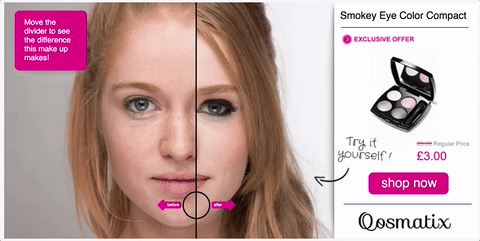
Touch: Let the audience play with your brand
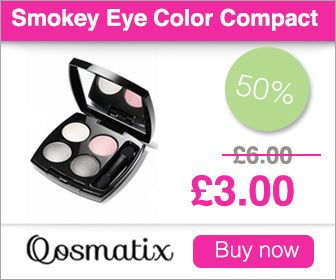
Sell: a classic sales creative
Focus on your own strengths
The great strength of this strategy is that you’re taking over control again. You’re no longer focusing on getting as many clicks and the best media buying as possible, but you focus on your own strengths. Not the page your banner is loaded at, but the banner itself should be the reason the page is open for a long while. If you start managing by engagement instead of clicks your display ads will become a lot more valuable. For both the consumer and your brand.
Image: Heinrich-Böll-Stiftung







Leave a Reply
You must be logged in to post a comment.